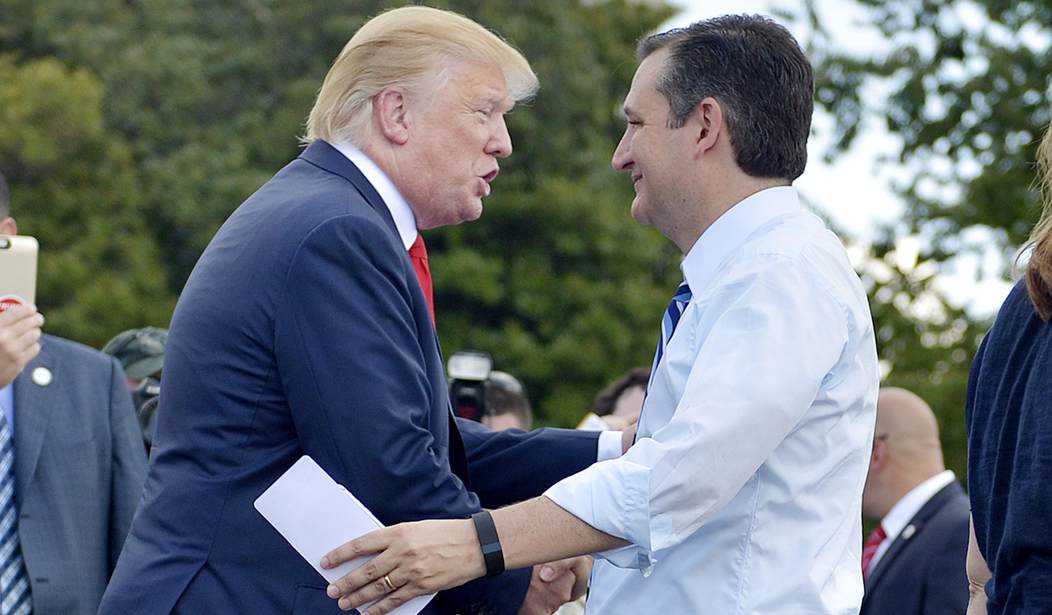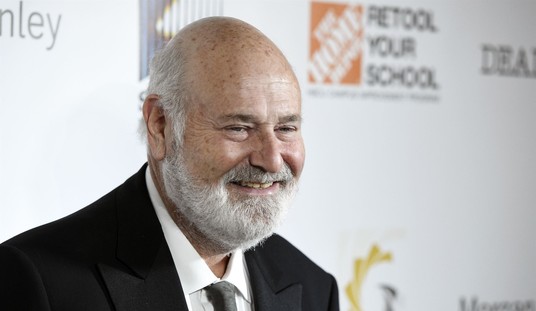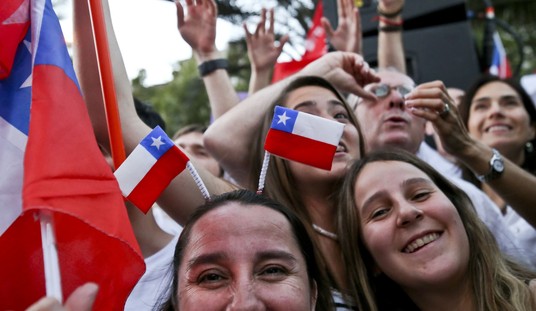On the day of the Iowa caucuses,the RealClearPolitics average of polls favored real estate tycoon Donald J. Trump. Ted Cruz had been in the lead in late December, but his numbers fell to a distant second and Trump was the clear favorite. Then voters showed up, and everything changed — or did it?
While the media focused on public opinion polls, the campaigns of Cruz and rival Marco Rubio used a much more accurate method of “internal polling.” Brian Stobie, cofounder of Optimus consulting, a group that provides data and analytics for Rubio and others, explained the difference to The Daily Caller.
“I am pretty critical of how public polling approaches the challenge of polling these days,” Stobie said. Public polls ask questions to figure out if the voter in question is likely to vote, but groups like Optimus buy voter files, so they know if a person has voted before or not. They also use techniques to target people who didn’t vote before but are still likely to turn out.
Another weakness of public polls is timing — the last poll conducted before the Iowa caucus was taken three days before, while campaign pollsters were active up until the night before the election. This gave an extra precision to savvy campaigns, which crafted their final messages to fit the changing vote pattern. This gave Stobie the heads up that Rubio was surging. “I think the Cruz campaign changing ads to target [Rubio] serves as evidence they saw it too.”
In these last hours before the New Hampshire results roll in, pay close attention to the candidates and campaigns — they are very likely to know more than the media does.










Join the conversation as a VIP Member